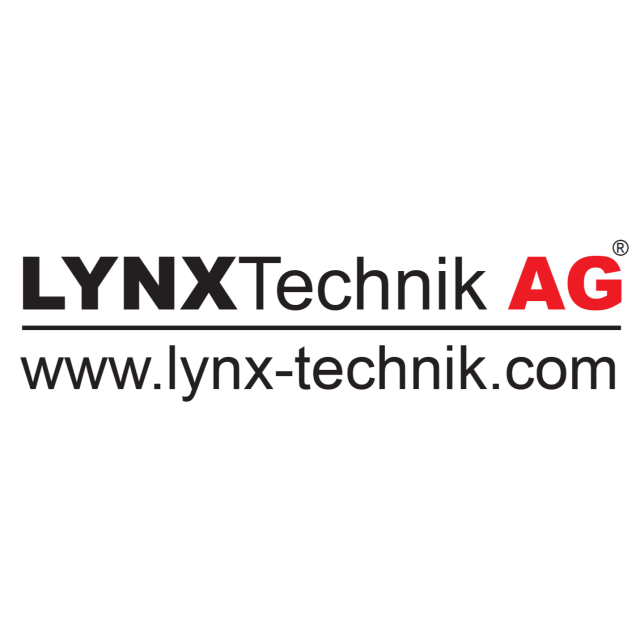yellobrik 2×2 Optical Switch (model: OSW 1022)
The OSW 1022 is designed to improve connectivity and security on fiber networks, serve as a fiber line emergency switch, provide restoration & reconfiguration over optical paths, route diversity as well as support a wide range of other fiber optic applications. It ensures optical network protection and flexibility in optical network connectivity for a Broadcast or Professional AV facility.
The yellbrik 2×2 optical switch selectively switches signals over optical fibers from one channel to another.
It is data rate and format-independent and provides connection paths between two fiber inputs and two fiber outputs (2 pairs). The OSW 1022 can be configured in two modes: latching or non-latching. In latching mode, the OSW 1022 maintains its current optical connection path when power is weak or is lost. In non-latching mode, the yellobrik switches to a new connection path when power fails. The optical switch will revert to its original connection path when power returns.
The compact OSW 1022 has been developed with LYNX Technik’s known state-of-the-art performance that the company is known worldwide for. As with the entire yellobrik line, all instructions, functions, and settings are directly on the module, ensuring a plug-and-play and easy to use solution. It can also be configured with the yelloGUI software.
They can be used as standalone devices, individually mounted, or used with the 19” yellobrik rack trays as part of a larger system.
Features
- Compact 1 slot yellobrik module
- Two optical connection paths: State 1 and State 2
- Non-latching and latching mode
- 2 x GPI for path selections
- 2 x GPO for connection path monitoring
- 4 x dip switches for local control
- 2 x LEDs to display connection path status
- 1 x LED to display power status
- 1 x mini USB for PC control and configuration via yelloGUI
- Singlemode fiber connection with LC connector
DOWNLOADS



